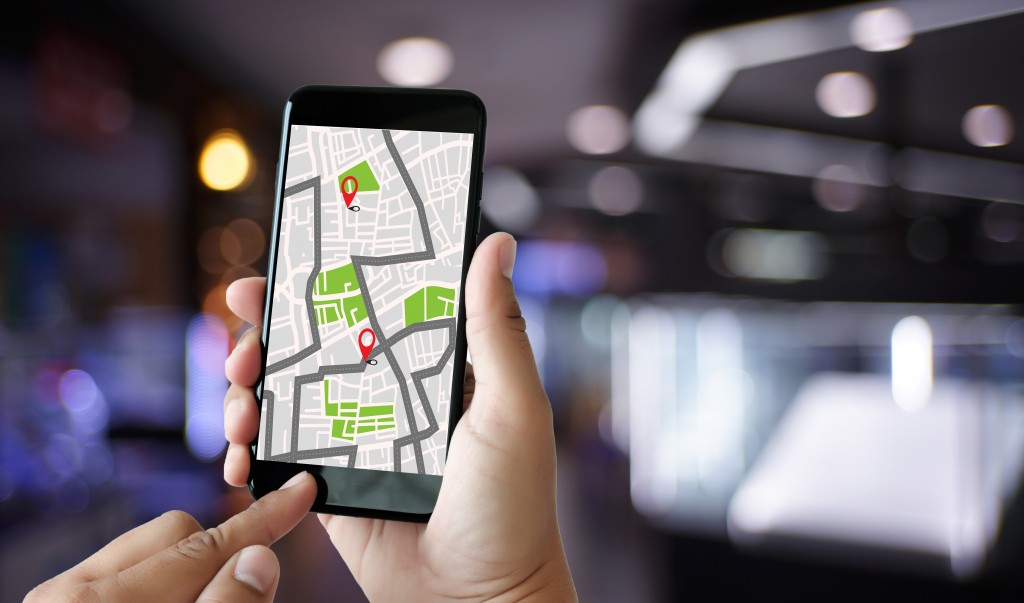Disclaimer: This website provides health information for educational purposes only and is not a substitute for professional medical advice, diagnosis, or treatment. Always seek the guidance of a qualified healthcare provider with any questions you may have.
Having plans on developing a software application or a device that relies on satellite signals such as GPS? Well, you need to make sure that it can run and perform the demands of your target users.
But, how can you be sure that it will be ready to meet the demands of the real world before the launching of your device or application in the market? What you need is to carry out suitable and reliable testing, and that can be achieved through a GPS simulator.
With satellite tracking lies the success of your GPS-enabled device or application. Failure to do testing in a correct manner can make your device useless in the market.
What is a GPS Simulator?
First things first, let us define what a GPS simulator is. This device brings in an effective and convenient way to test GPS receivers and the many other systems that rely on their process.
Why Use One
A GPS simulator acts as an emulator and mimics the environment of a GPS receiver, mostly on a dynamic platform, by demonstrating vehicle and satellite motion, atmospheric effects, and signal characteristics. This allows the receiver to steer according to the test scenario’s parameters.
With that, a GPS receiver will take action on the simulated signals the same way as a satellite signal. Another example would be when you use or apply a fully-operational Global Navigation Satellite System. It may seem like an easy process since testing a receiver only entails connecting it to an antenna, placing the antenna by the window or outdoors, and then checking if the receiver can locate, track, and navigate the signals it received.
To some degree, this notion would be acceptable. However, accurate testing is better than simply checking if the system operates. Therefore, don’t rely on this method completely for anything more than a simple operational check.
Performing the Test
 Using a GPS simulator, what you need to do to get started is to set up and run a receiver test. It is not as hard as it seems. The test has two stages that you need to look into:
Using a GPS simulator, what you need to do to get started is to set up and run a receiver test. It is not as hard as it seems. The test has two stages that you need to look into:
Definition: This stage is where you set up the simulator control software using the required test parameters. In addition, at this point you need to:
- Determine the tests you need to perform
- Understand the application and the operating environment
- Understand how to connect the receiver to the simulator
- Determine the appropriate radio frequency conditions
- Define the test scenario with accurate results
Run-time: During this stage, the actual testing will run and the simulator will produce the essential RF signal. Here, you need to take note of the following:
- Observe and operate the simulator
- Analyze the receiver’s performance — post-test or real-time analysis of the recorded data
Your device or application will be a success after applying the necessary testing prior to its launching. In addition, read more and ask experts to show you how to run a proper test. Alternatively, you can have your device or app tested by accredited GPS Testers.




